INSPIRING Art Educators SINCE 2011

For Art Teachers, By Art Teachers
Art educators deserve support at every stage of their careers. Discover a rich K-12 visual arts curriculum, professional development, relevant resources, online graduate courses, and rigorous master’s degree programs.
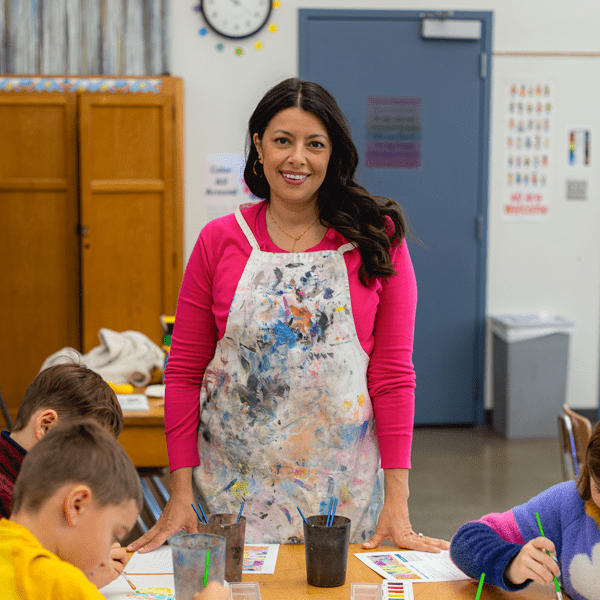
Meeting Educators’ Needs
Art teachers aren’t alone on their journey. The Art of Education University is here to be a partner, offering a wide range of solutions to support through all the challenges and opportunities that teachers may face. Find what you need today.
- Visual Arts Curriculum
- Lesson Ideas & Resources
- Professional Development
- Move Up The Salary Scale
- Further My Education
- Enhance My Teaching
- Art Teacher Community
- Navigating My First Year
FLEX Curriculum
Save time with standards-aligned visual arts lessons, videos, and resources for K–12.
Graduate Courses
Design your own visual arts curriculum while earning graduate credit.
Access a rich library of ready-to-use lessons, videos, resources, and assessments your students will love.
PRO Learning
Dive into on-demand PD with ideas and resources you can use immediately in your art room.
Magazine & Media
Discover articles, podcasts, and videos to spark ideas along with insider insights for success.
Unlock on-demand professional development created for art teachers by art teachers.
Earn graduate credit with 30+ online courses—including nine hands-on studio courses.
NOW Conference
Join thousands of art teachers for a multi-day online conference covering the most relevant topics in art education.
Degree Programs
Get a fully online master’s degree to upgrade or renew your license and increase your earning potential!
Explore art education topics that interest you while earning graduate credit to move up the salary scale.
Enjoy on-demand, short-form videos as you rack up PD hours and earn the raise you deserve.
Earn a master’s degree in as little as 18–24 months with ridiculously relevant courses that apply directly to your art room.
Earn graduate credit as you dive deep into topics you love with guidance from top art education faculty.
Level up your instruction and save time with ready-made lessons, resources, videos, and assessments.
Access a library of short-form videos and resources designed to help every art teacher at every career stage.
Earn a master’s degree online with ridiculously relevant courses you can apply immediately in your art room.
Earn graduate credit and delve into the art education topics that interest you with 30+ courses to choose from.
Join a multi-day virtual conference to keep up with the latest trends in art education and learn from thought leaders in your field.
Learn from articles, podcasts, videos, and more to spark inspiration and advice you can use in your art room immediately.
Join our virtual conference and interact in real time with thousands of art teachers about the most relevant topics in art education.
Form a network for life with a community of fellow art educators, top faculty, and experts through our master’s degree program.
Earn graduate credit while spending time with top art educators who are as passionate about the same topics as you are.
Tune into voices from your community with articles, podcasts, videos, social media, and more.
Enjoy unlimited access to ready-to-use lessons, complete with supporting videos and student-facing resources.
Get the tips you need from expert art teachers with access to a library of short-form videos and resources.
Find articles, podcasts, videos, and more to guide any situation you may face.
Maximize Your Impact
Everything you need to enhance your skills, grow your career, and inspire your students.
The comprehensive, standards-aligned visual arts curriculum platform for K–12 teachers.
The only on-demand visual arts professional development platform designed specifically for K–12 teachers.
Affordable, convenient, and relevant online master’s degree programs designed for art teachers by art teachers.
Relevant online graduate courses optimized for art teacher license renewal and salary advancement.
The largest virtual conference for K–12 art teachers covering the most relevant topics in art education today.
The most popular online magazine for K–12 art teachers, offering free articles, podcasts, videos, and resources.
TESTIMONIALS
Empowering Educators Who Inspire Students
Perspectives from educators, administrators, and other members of the AOEU community.
Michelle Mitchell
The resources and assignments in this course prepared me to incorporate more art history in my classroom on a regular basis. I realized that art history doesn’t have to be stand-alone lessons. [It] can be part of everyday learning in the art classroom. I am excited to implement the lessons I created in this course.
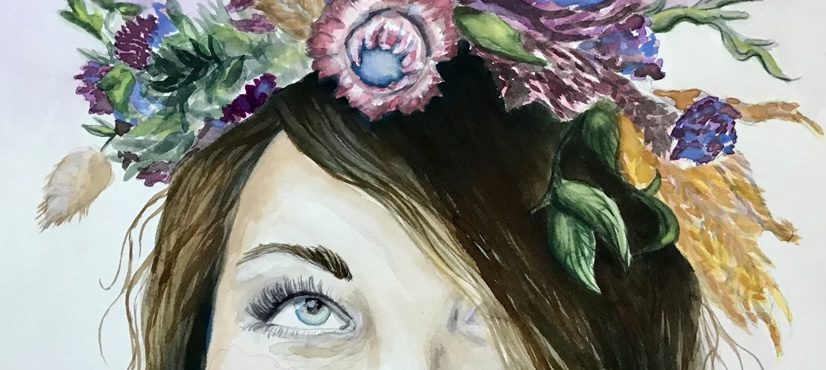
Madalena Alves
I love all of the various and varied lesson ideas/plans in FLEX Curriculum. You can build your unit with not only a detailed lesson plan but incorporate videos, resources, assessments with a quick search
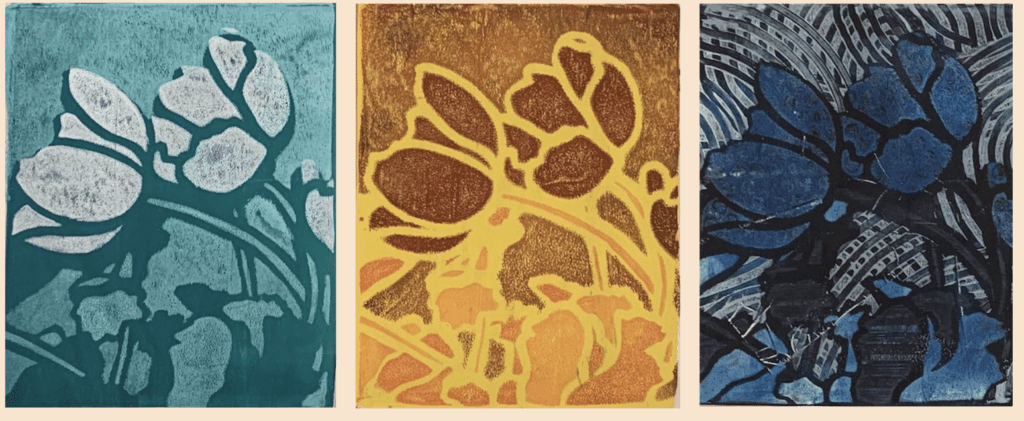

Gisele Conn
I am highly impressed by the quality of the content and clarity of design. I use the [FLEX] resources that align with the content I am teaching. Another aspect that I appreciate is that the branding is cohesive, well-designed, and clear.

Erika Chapman
PRO Packs have been incredibly helpful in helping teachers feel supported. Veteran teachers and new teachers are able to pick and pull what they want or use all of it. Sometimes, I’m unable to have a 20–30 minute discussion with them. I can direct them to this resource.

Stefani Shorts
Love it all! It is so hard to find good art resources and you provide such a great variety. The PRO Learning videos are so helpful with so many examples and explanations! It has been a lifesaver for me as a first-year high school art teacher … Thank you!
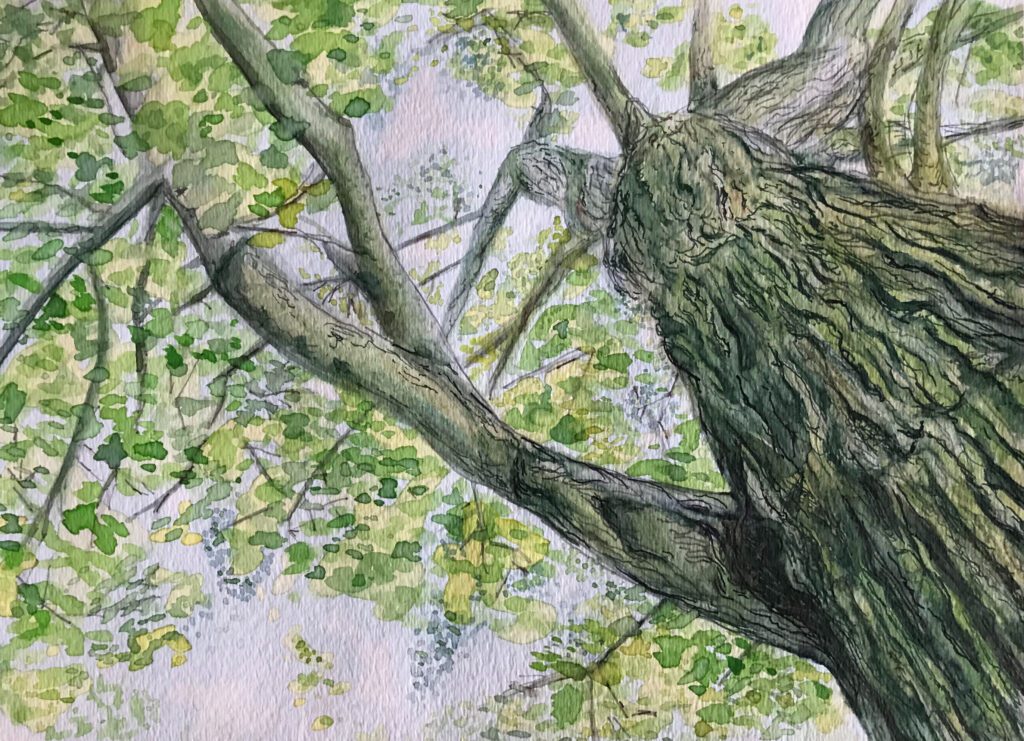
Diane Grube
I would not change anything. I absolutely loved the content and the assignments that we completed. [Innovation Through Design] was a challenging course, but so valuable! … AOEU provides a valuable service to art educators specifically. The course content and instructors provide a relevant educational experience for art educators.
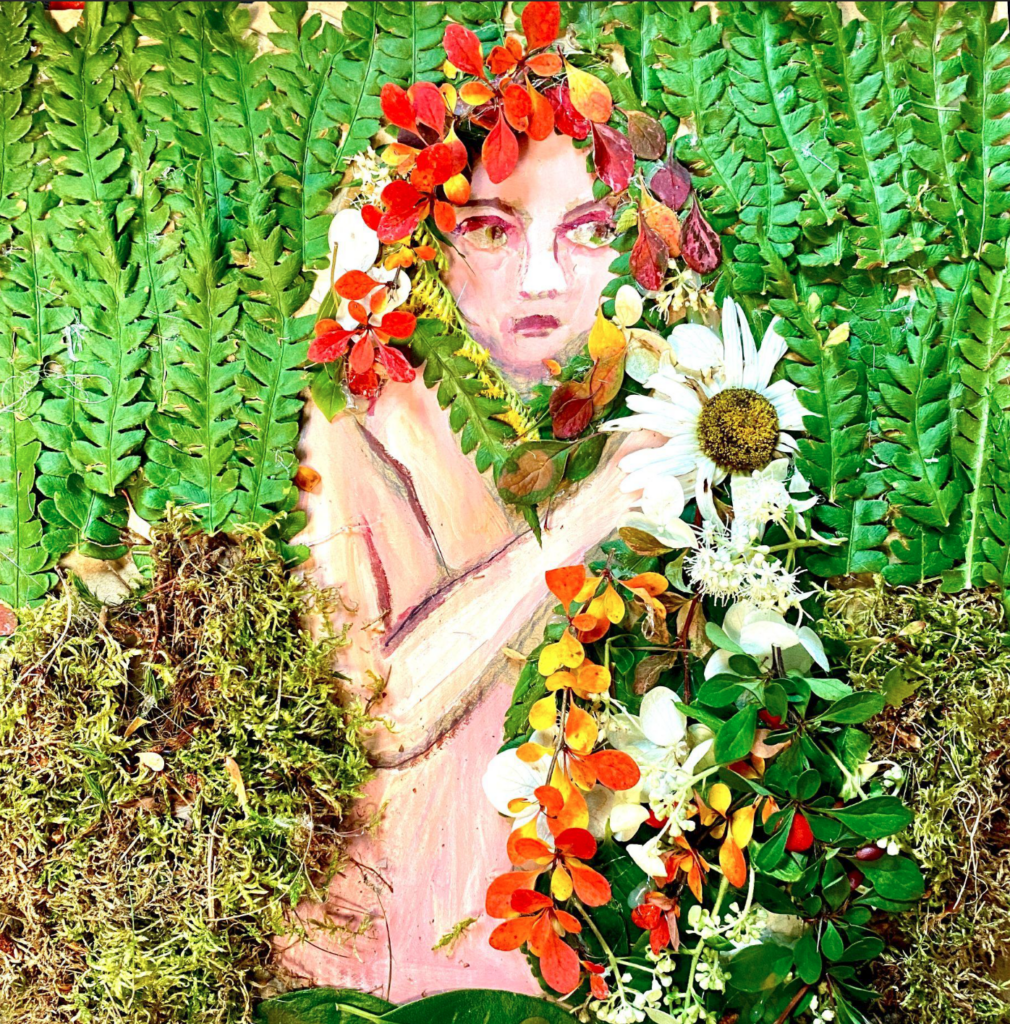
Kelly Knips
I am happy to end [Designing Your Art Curriculum] with a working document that will help me to teach my class and write more curricula for other courses.
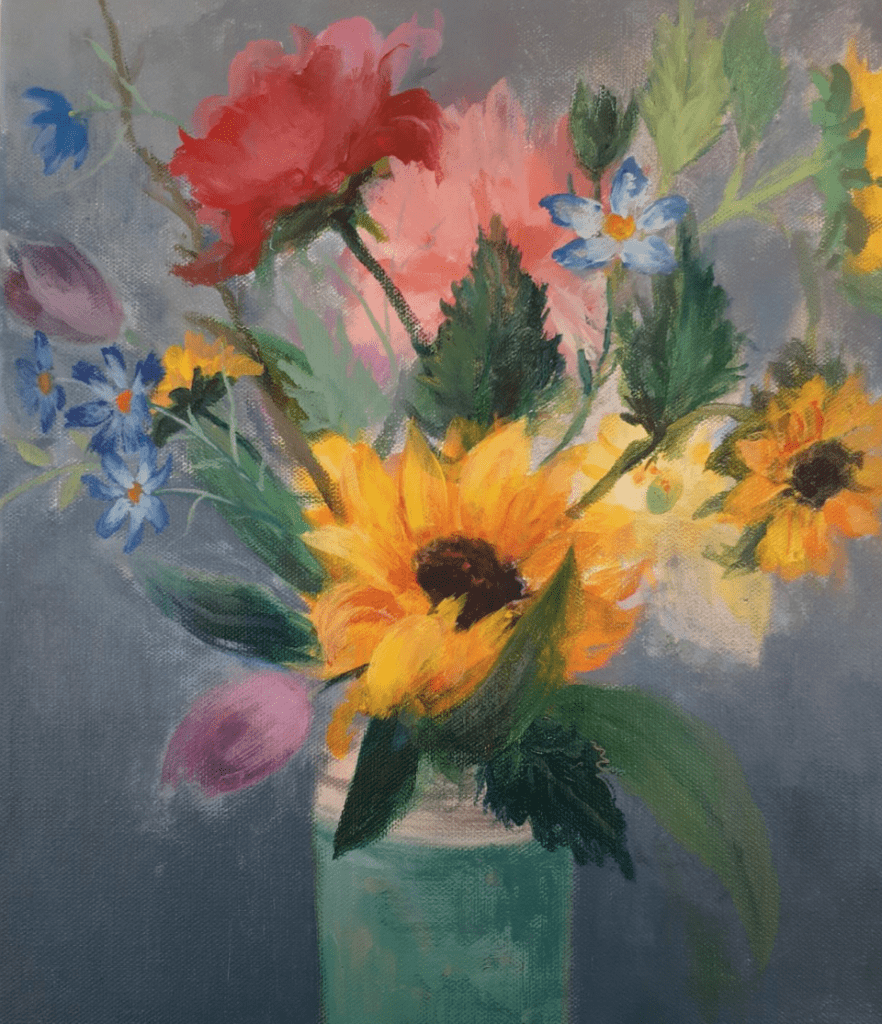
Kim Ziebold
I really learned a lot in [Art Therapy for Art Teachers] and am excited to bring a whole new level to teaching in implementing social-emotional learning to help my students’ well-being.

Owen Curtsinger
[Assessment in Art Education] was extremely relevant and helped organize the nuts and bolts of my teaching and assessment experience into manageable strategies while presenting some new concepts to strive for.
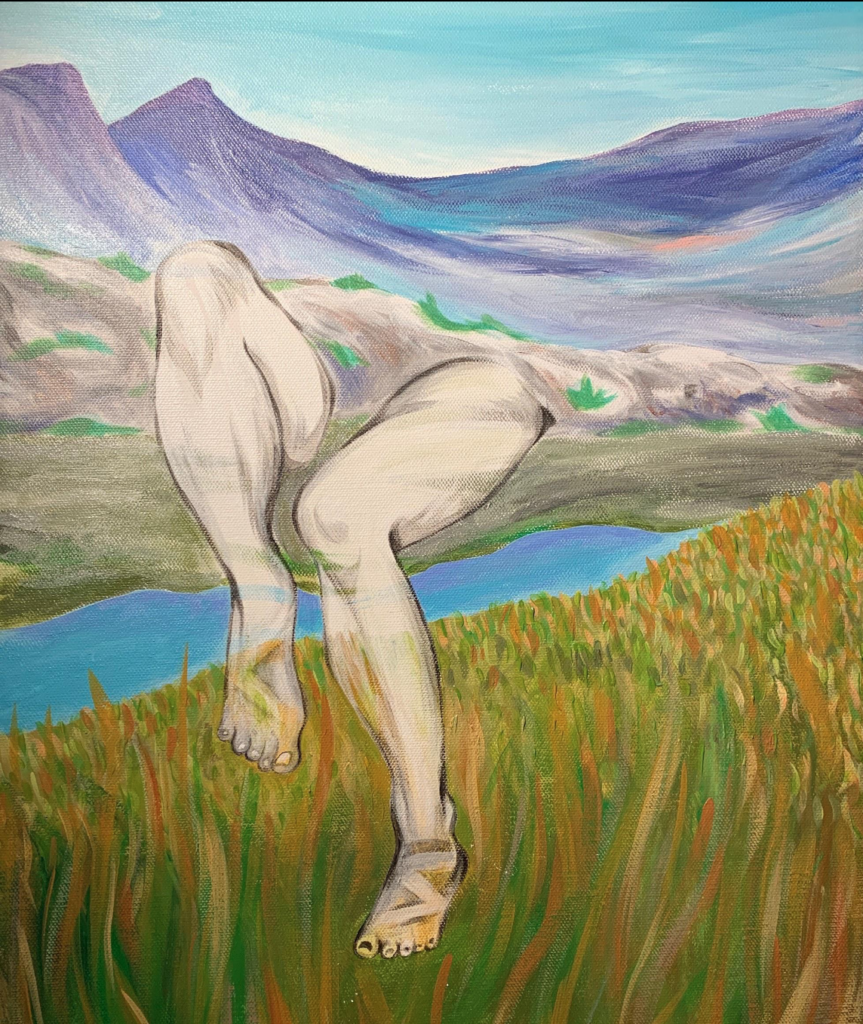
Jessica Madenford
The Art of Education University has led me on a transformational journey in my profession as an art educator and teacher-leader. The entire AOEU community has become my circle of mentors, guiding me to places inside myself that I never knew existed. Through my learning, growth, and connection with other AOEU students, I have flourished.
Discover What’s New
Be the first to know about our latest offers, fresh content, product updates, and more.
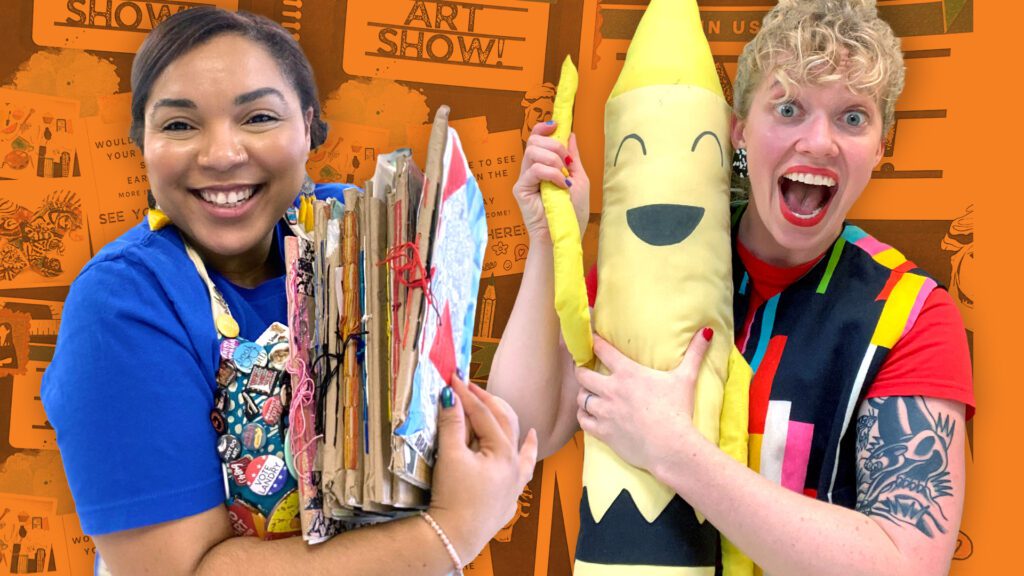
Watch Art Show Secrets
Sarah and Jenn share behind-the-scenes confessions of what it’s REALLY like to put on a spectacular art show from start to finish. Hear art show secrets every Thursday so YOU can put on your best art show yet this spring!
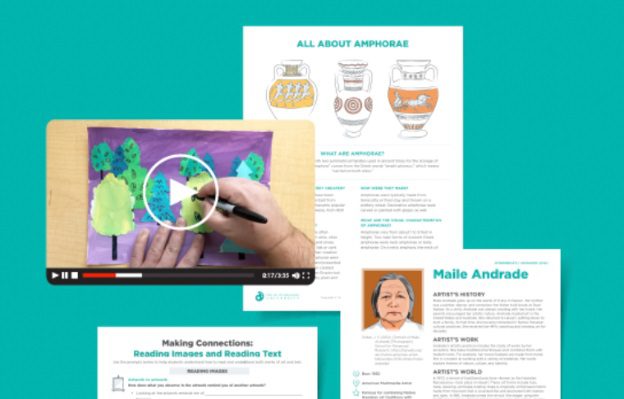
Art Curriculum that Teachers and Districts Deserve
FLEX Curriculum offers a robust library of lesson plans, resources, and assessments that are ready for the classroom while providing the flexibility to curate instruction aligned to the needs of your unique students.

New Courses for Today’s Art Room
To create change, start in the art room. AOEU’s newest courses focus on advocacy, inclusivity, and equity to empower a diverse range of learners.
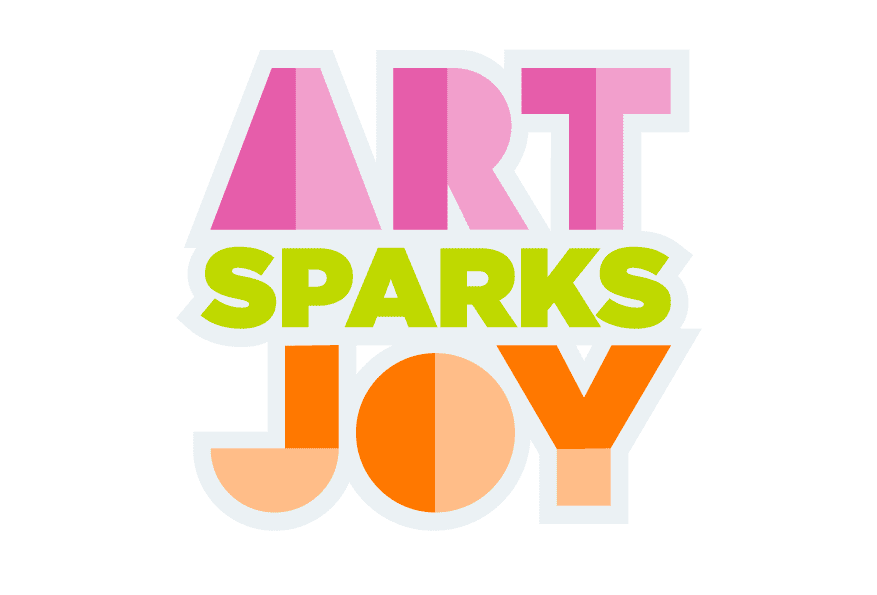
Illuminate Your Classroom and Closet!
Immerse yourself in the joy of art with our latest collection – ‘Art Sparks Joy.’ Browse t-shirts, sweatshirts, aprons, totes, stickers, and more at the AOEU Store – where passion meets fashion!

IMAGES
COMMENTS
Earn graduate credit and delve into the art education topics that interest you with 30+ courses to choose from. Learn from articles, podcasts, videos, and more to spark inspiration and advice you can use immediately in your art room. Connect with K-12 art educators worldwide in a new, dynamic online space.